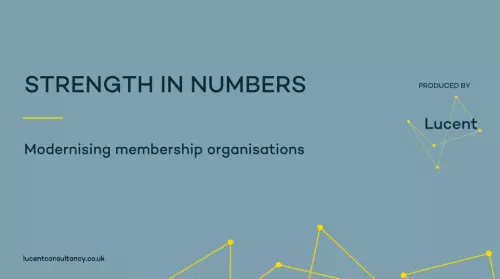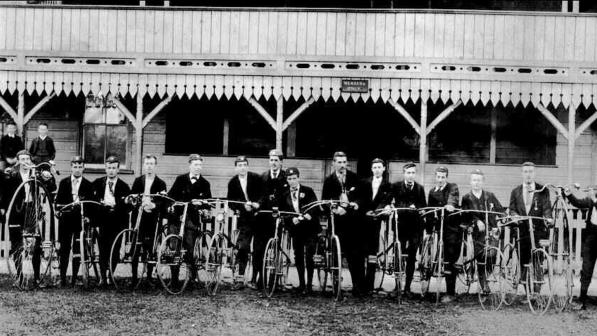Strength in numbers? How membership organisations stay relevant to the 21st century

Membership has long been synonymous with some of the largest charity organisations in the UK. Around 23% of UK households hold charity membership, and many charities rely on membership income for a significant portion of their revenue stream.
Creating a network where people can connect locally and nationally, champion a cause, volunteer and have their say in the future direction of an organisation sound like very modern organisational functions.
And yet, many membership organisations are Victorian in origin. As chief executives of membership organisations we came together to explore this conundrum. We looked at how to create a flexible membership offer, build a lifetime relationship, create a community, build good governance and partner more effectively.
What is the starting point for membership organisations in the UK?
From arts and heritage charities where the membership offer hinges on access to sites that would otherwise be pay for entry, to professional bodies, networks or organisations and national campaigns with local chapters across the country, the forms and purpose of membership varies. This creates definitional challenges and, more fundamentally, a challenge about finding areas of common interest and challenge.
In order to start the ball rolling on the conversation, we brought together publicly available data on 17 membership organisations who had an average age of 105 years, a collective income of in excess of £1.5bn and an estimated collective membership of over 10 million. These figures underline that membership organisations are both an important and long-standing feature of the charity sector.
Around 20% of average turnover of these organisations came from membership and, where data was available, it indicated a healthy growth in both membership income and numbers in recent years. Digging a bit deeper, it was interesting to see that legacies created more income than membership fees for these organisations on average.
Sharing learning across leaders of membership organisations
It is clear that for membership to stay resilient to volatile political, economic and digital environments, chief executives of membership organisations will need to lead a process of transformation. Sharing our learning to date, we explored a number of areas of common concern.
The first was keeping membership models relevant – and suitable for a digital age. Many around the table were centring their membership offer on a binary choice – member or not. And yet the reality is that people’s first engagement with a membership organisation is often through campaigning or volunteering and the follow on to encourage campaigners to grow into donors is often simply not there.
For all, a clear second area was how best to build a lifetime relationship with people. To do this, there was a recognition of the need to flex the offer as people age and their appetite for activities including campaigning, volunteering, community fundraising and engagement with governance changes.
All the membership organisations identified a third area – that membership offers something more. In essence, people join a community or movement which can offer a strong sense of belonging or clear identification with a particular cause. This strong sense of cause and community presents a significant opportunity.
The appeal to younger (‘pre-membership’) generations could be significant and it was noted how many private sector organisations were now claiming cause alongside their commercial offer. However, for some there was a tension playing out between the charitable and commercial value propositions – and sometimes this division was reflected structurally within organisations.
The fourth area identified was governance. While the exact arrangements were different for everyone around the table, many were experiencing low engagement in formal governance and others had found that the membership requirement on trusteeships had limited their search and ability to fill particular skills gaps.
There was also a diversity and representation challenge – where a diversity of beneficiaries were not being represented on the board. Some had made a successful case for changing these arrangements and finding new ways of ensuring beneficiary needs and voices were represented.
A fifth and final area was how membership organisations themselves could build partnerships and become stronger together. It was noted that many partnered in campaigns or behind particular policy initiatives, but less consideration had been given to broader issues affecting membership organisations such as sharing plans for how to build digital capabilities.
The value of sharing this learning among chief executives was clear. So if you are the CE of a membership organisation and would like to hear more about this research do contact [email protected] and to join future meetings please email [email protected].




